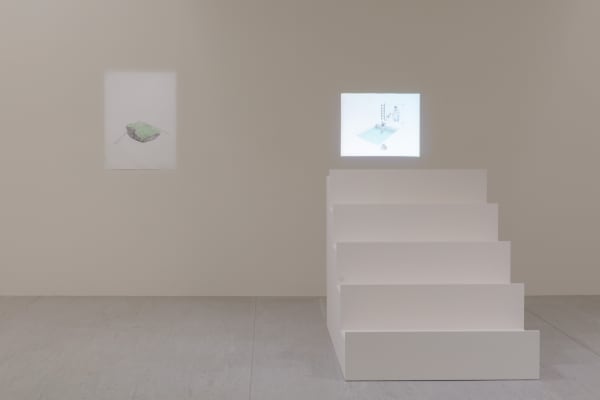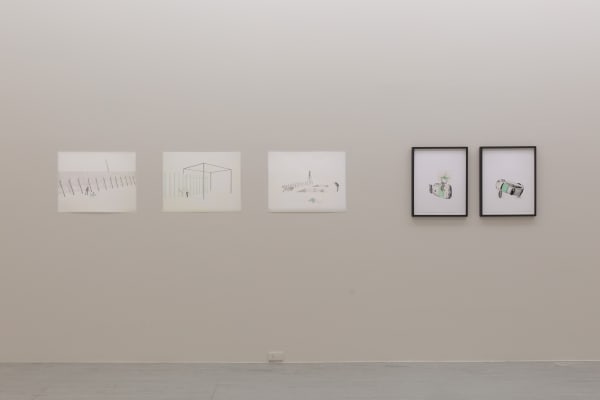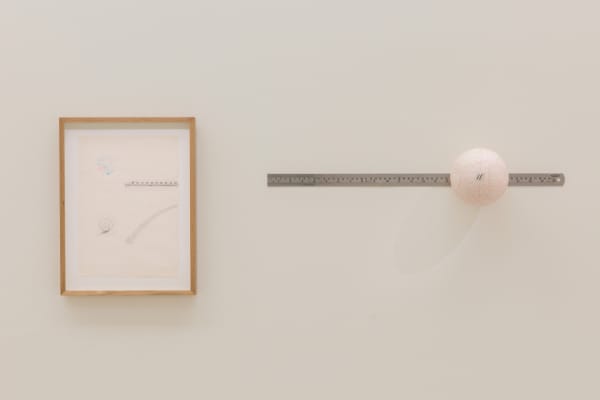The 13th Taipei Biennale, entitled Small World, opens November 18 at the Taipei Fine Arts Museum. Selmani’s works consist of a constellation of works on paper, sculptures and an animation. The whole is set up to form an ensemble whose elements interact through graphic connections and associations of ideas.
Addressing contemporary political issues and struggles, Massinissa Selmani creates drawings, sculptures, and animations that combine a documentary approach with fictional constructions. The Algiers-born artist leaves large white spaces on the pages where he composes detailed drawings, inviting the viewer to fill in the gaps and question how we remember and write history. The works, seemingly suspended outside of the parameters of time and context, make reference to existing political realities even if the artist does not identify any specific event. In recent works that evoke imagery of nationalism, conflict, and exclusion, Selmani composes fragments of scenes happening around borders and barriers in which architecture appears as an instrument of power and control. In other works there is a clearer reference to media representations of the political demonstrations that took place around the world in 2019 and mostly came to a stop due to the pandemic. The artist reinterprets the ruins of violence, such as smashed or burned vehicles, by associating them with incongruous elements like a hunting trophy, a turtle, or rocks. Selmani’s play with scale creates an understated atmosphere of quiet uncertainty. The apparent absurdity of the combination of objects depicted, and their distorted scale, offer a proposition that compositions might be provisional, the process as yet incomplete. Selmani’s compositions are a deliberate ploy to unsettle the assumption of a stable meaning.
Reem Shadid, Co-Curator of the Taipei Biennial 2023.
Addressing contemporary political issues and struggles, Massinissa Selmani creates drawings, sculptures, and animations that combine a documentary approach with fictional constructions. The Algiers-born artist leaves large white spaces on the pages where he composes detailed drawings, inviting the viewer to fill in the gaps and question how we remember and write history. The works, seemingly suspended outside of the parameters of time and context, make reference to existing political realities even if the artist does not identify any specific event. In recent works that evoke imagery of nationalism, conflict, and exclusion, Selmani composes fragments of scenes happening around borders and barriers in which architecture appears as an instrument of power and control. In other works there is a clearer reference to media representations of the political demonstrations that took place around the world in 2019 and mostly came to a stop due to the pandemic. The artist reinterprets the ruins of violence, such as smashed or burned vehicles, by associating them with incongruous elements like a hunting trophy, a turtle, or rocks. Selmani’s play with scale creates an understated atmosphere of quiet uncertainty. The apparent absurdity of the combination of objects depicted, and their distorted scale, offer a proposition that compositions might be provisional, the process as yet incomplete. Selmani’s compositions are a deliberate ploy to unsettle the assumption of a stable meaning.
Reem Shadid, Co-Curator of the Taipei Biennial 2023.
5 January 2024




